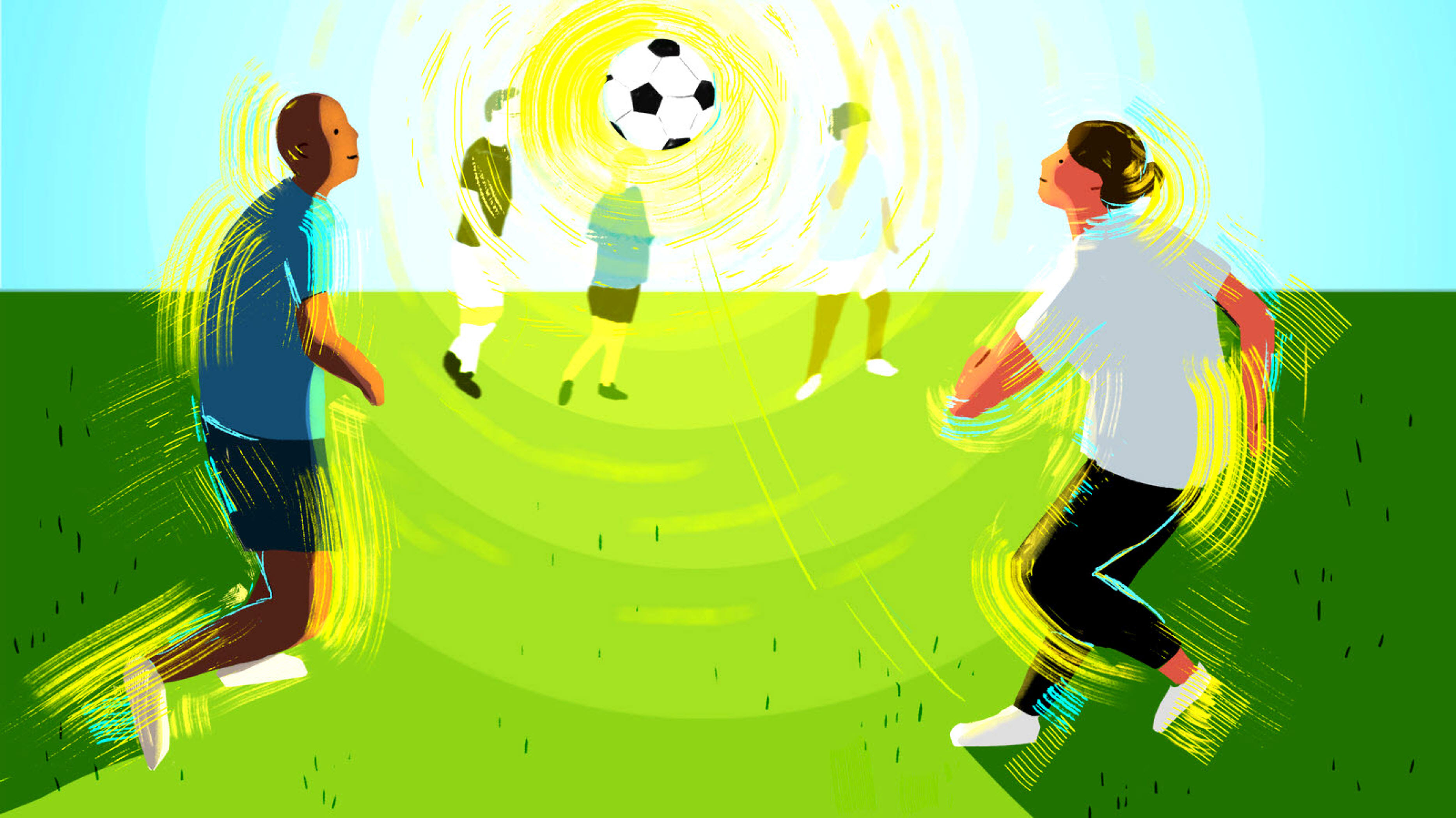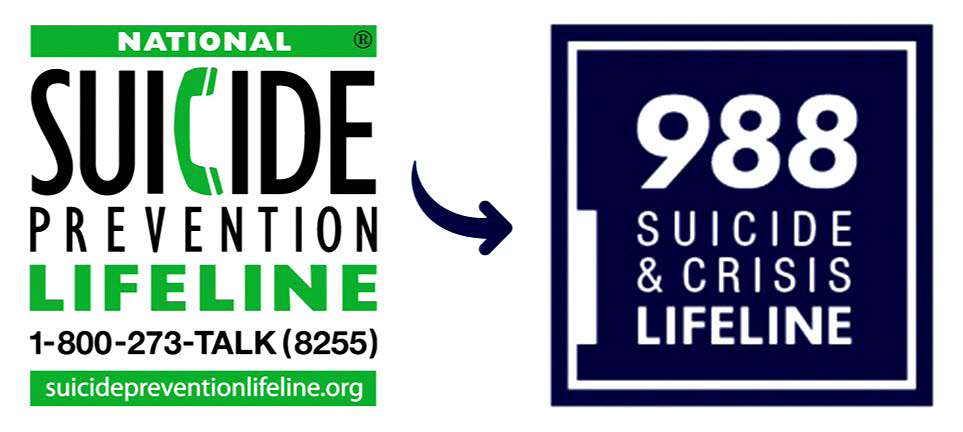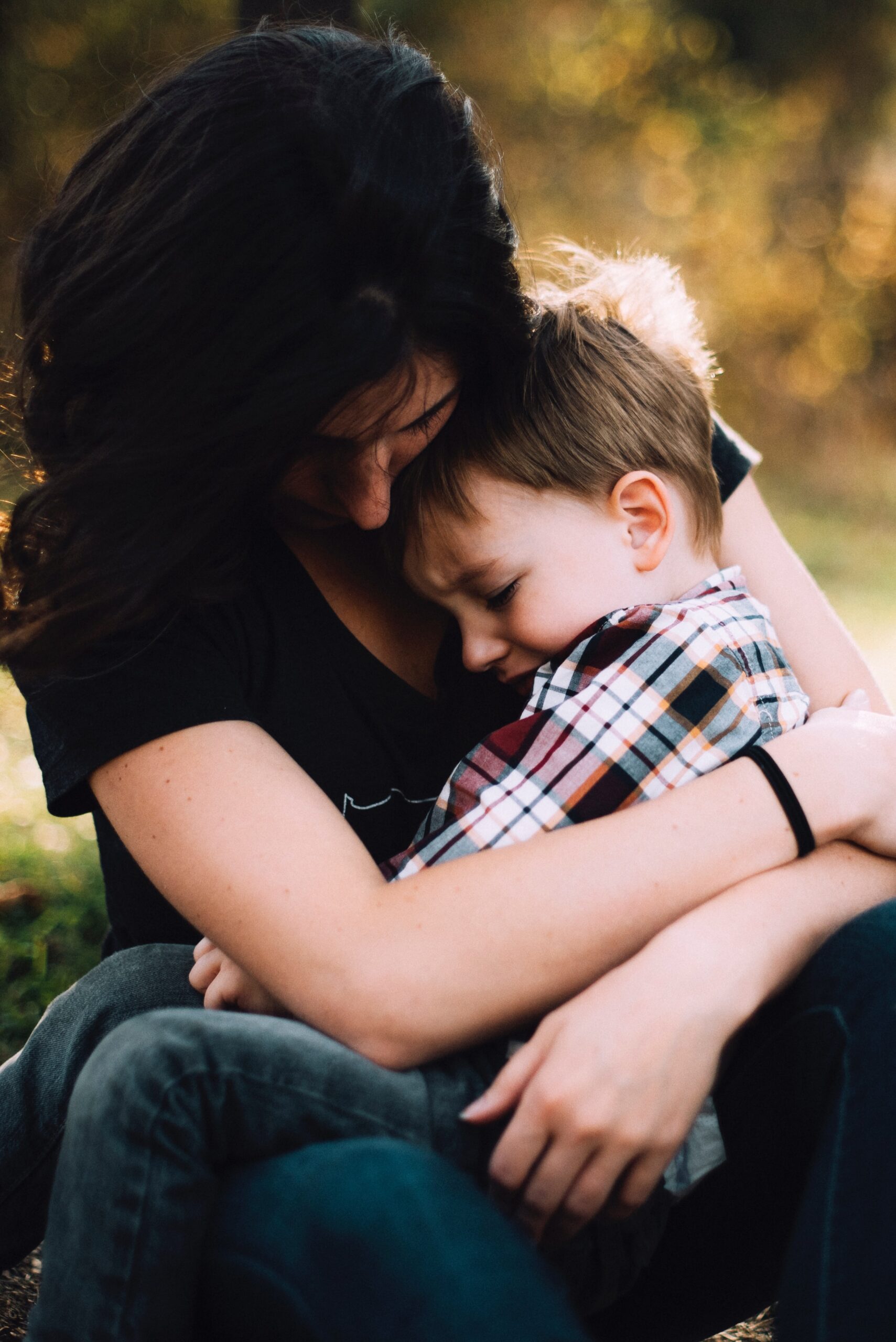
They may need extra support to thrive on the playing field
Writer: Rachel Ehmke
Clinical Experts: Jerry Bubrick, PhD , Michelle Kaplan, LCSW
What You'll Learn
- How can coaches help kids who are struggling to master skills and learn new plays?
- How can coaches and parents support kids who have trouble managing big feelings like frustration and disappointment?
- How does anxiety affect kids in sports, and what can we do to help them?
- Quick Read
- Full Article
- Identifying why a child seems to be struggling
- Rethinking how new skills are introduced
- Teaching kids to be a good sport
- Making expectations clear and realistic
- Helping anxious kids
- An opportunity to shine
#James Donaldson notes:Welcome to the “next chapter” of my life… being a voice and an advocate for #mentalhealthawarenessandsuicideprevention, especially pertaining to our younger generation of students and student-athletes.Getting men to speak up and reach out for help and assistance is one of my passions. Us men need to not suffer in silence or drown our sorrows in alcohol, hang out at bars and strip joints, or get involved with drug use.Having gone through a recent bout of #depression and #suicidalthoughts myself, I realize now, that I can make a huge difference in the lives of so many by sharing my story, and by sharing various resources I come across as I work in this space. #http://bit.ly/JamesMentalHealthArticleFind out more about the work I do on my 501c3 non-profit foundationwebsite www.yourgiftoflife.org Order your copy of James Donaldson's latest book,#CelebratingYourGiftofLife:From The Verge of Suicide to a Life of Purpose and Joy
www.celebratingyourgiftoflife.com
Sports can play an important role in any child’s development, but they may be especially valuable for boosting the self-esteem of kids with mental health and learning disorders. Coaches and parent should be aware that these kids may need extra support to acquire the needed skills and manage their emotions successfully on the playing field.
The first step is to identify the specific struggles a #child is facing. Coaches, who may be new to working with children, should take some extra time to observe and understand what might be difficult for them. Common issues include struggling with learning the mechanics of a skill, acting out due to feeling overwhelmed, freezing due to #anxiety, or not passing the ball due to impulsivity.
Parents can play a crucial role by communicating with coaches about their child’s challenges and sharing strategies that have worked in the past. By adjusting teaching methods and breaking down skills, coaches can make the learning process easier. Visual aids, repetition, and individual instruction can be effective.
Teaching children how to manage their emotions is an important aspect of good sportsmanship. Kids who struggle with frustration or disappointment may need guidance on how to handle these feelings without acting out.
Coaches should take into account factors that might affect children’s performance during games, such as anxiety or sensory overload. Instead of criticizing children in front of others, coaches can provide feedback privately and calmly.
For children who are too hard on themselves or experience social anxiety, it’s important to help them adjust their expectations. Emphasizing that mistakes are a normal part of the game can be reassuring.
Although children with mental health and learning differences may face certain challenges, sports offer wonderful opportunities for self-esteem building. Recognizing their achievements in sports can boost their confidence and provide a sense of accomplishment.
Sports can play an important role in any child’s emotional development, but they may be particularly important for building up the self-esteem of kids with #mentalhealth and #learningdisorders.
Learning how to play a sport isn’t easy, though. Figuring out just the right way to hold the #baseball bat or kick a #soccer ball takes practice before it starts to feel comfortable. Mastering how to dribble a #basketball and then shoot a lay-up requires coordination, paying attention to rules (no traveling!), persistence, and even confidence that kids often need help developing.
Children who are already struggling with emotional, #behavioral, or learning issues may face greater barriers, but there’s a lot that #parents and coaches can do to help.
Identifying why a child seems to be struggling
Understanding exactly what kids are struggling with first is important. This isn’t always obvious, especially to coaches who may be new to working with children.
“Usually if you’re coaching, you were the kid who kind of picked up on things in the gym or on the field, notes Perrin Shelton, a girls’ basketball coach in Texas. “So understanding why somebody doesn’t understand what you’re saying can be hard, unless you’ve experienced it yourself.” This is something Shelton thinks a lot about, since she was a player who had trouble paying attention when she was younger. Today she is a learning specialist at St. Andrew’s Episcopal School, where she also coaches.
Spending some extra time observing a child who seems to be struggling, to determine what in particular might be difficult for them, is important. Here are some common issues that kids have on the playing field, and possible explanations.
- Struggling with the mechanics of a particular skill or drill: If a child has #ADHD or a #learningdisorder, they may not actually understand what is being asked of them. Children can also struggle if they have issues with coordination or motor skills.
- Acting out: Kids may act out when they are feeling overwhelmed or overstimulated by being in a group, or have a hard time being patient during moments of inactivity. For other kids, dealing with big emotions like excitement, frustration, or disappointment can translate to ignoring instructions and throwing tantrums.
- Freezing: A child may look frozen in place because they are feeling anxious about performing in front of a group or worried about messing up. Other kids could look frozen because they have learning issues and it takes them longer to process directions.
- Not passing the ball: In the heat of the moment a child might forget that they are supposed to pass the ball to a teammate or have a hard time resisting the impulse to keep it to themselves.
If you’re a #parent, you may already know that your child is prone to struggling with certain things. Finding some time before or after practice to explain to the coach what your #child tends to find challenging and — most importantly — what you’ve found to be helpful can set the groundwork for a better practice. This transparency might make your child feel better, too.
Shelton notes that kids worry that their coach might think they don’t care, when the problem is that paying attention is hard for them. They ask, “So how do I let my coach know?”
Here are some pointers for helping kids with particular issues.
Rethinking how new skills are introduced
For kids who struggle with coordination, attention, or processing new information, being careful to break down exactly how to do things is important. Sometimes that means beginning with the basics.
“Sometimes it’s the actual skill of kicking or dribbling that no one’s ever actually taught them,” notes Michelle Kaplan, a licensed clinical social worker in New York. Kaplan suggests slowing down the teaching process and giving kids extra support so that they’re “overlearning” the skill. For some kids, this might need to happen on a one-on-one basis, depending on how much assistance they need or how distracted they are by the group.
Shelton agrees. She advocates “reteaching, checking in, having the kid show you what they just learned. For kids who struggle to understand, having it written down and then saying it orally, or showing them a video.” For kids who struggle to understand plays drawn on a whiteboard, there are also apps that allow coaches to draw up plays so that kids can see them in motion before they try them out.
For teaching new plays or skills in a group, Shelton also suggests that coaches reconsider who tries things out first. “We have a tendency to put in our top five to run the play when you’re teaching them a new offense, but you probably want to put in the five that have the hardest time paying attention,” she says. “They are the ones who may miss out on the instruction, versus the other kids who learn very well just by seeing it and they can hop right in.”
Teaching kids to be a good sport
It’s easy to get caught up in the excitement and drama of sports, which is both a good and bad thing about them. Kids who have a hard time dealing with frustration or disappointment often need help managing their emotions to help them be good teammates.
Jerry Bubrick, PhD, a clinical #psychologist at the #ChildMindInstitute, worked with an anxious #patient whose perfectionism often resulted in frustration on the basketball court. “He was probably the most talented kid on the team, but he had a little bit of a temper,” says Dr. Bubrick. “So he’d miss a shot, he’d be cursing, he’d be stomping, and he would make a scene. Then he couldn’t figure out why the coaches would bench him and not start him. That would make him more angry and more anxious because he’d be thinking, ‘What’s wrong with me if I’m sitting on the bench?’”
Teaching kids what kind of behavior is expected of them, and how their conduct might influence how their #coaches or teammates think of them, is important. “If you’re trying and you’re putting your effort out there and then you miss, the coaches are going to see that,” Dr. Bubrick adds. “But if you’re like Bobby Knight throwing chairs across the floor because you missed a shot, then the coach will see that too.”
Kaplan encourages being very clear with what the #behavioral goals are. “What should they be doing with themselves and their body if they’re feeling frustrated or overwhelmed? How do you keep your body calm when you lose? How do you cope so that you’re not running off the field or stomping out of the gym?” For kids who struggle with this, Kaplan says, “We do a lot of practice with losing on purpose, not getting the ball, not getting the position that you wanted and sitting with that a little bit.”
Making expectations clear and realistic
In general making expectations very clear is important. Something you might think is obvious, like where kids’ bodies or materials should be, might not be understood. For sports that involve a lot of waiting, what should kids be doing during that wait time? Making sure no one stays on the bench too long and showing videos of plays can be helpful for kids who have a hard time waiting.
You might also need to adjust your expectations during games, which can bring on specific challenges. Kids might have been capable of doing something at practice, but during the game they could be anxious about their performance or overwhelmed by how loud the gym is or even the tenor of their coach’s voice.
“If you’re barking at them on the court, in front of their parents, in front of their peers, it might not have the effect that you’re looking for,” Shelton notes. “Instead of motivating them it ends up making them afraid to take risks and afraid to try something different.”
Pulling kids aside and telling them calmly what you’d like them to work on is a much better strategy.
Shelton also notes that sometimes kids might have trouble learning a new play in the heat of the moment. “If you have time to walk them through it and really coach them on it, they will probably be fine. But when you draw a new play on the clipboard, that doesn’t always translate very well for students who have learning differences. They have to process what they see on the board into the court.”
Helping anxious kids
Sometimes it’s the kids who are too hard on themselves. They might be perfectionists who can’t move on from the mistakes they made or the shots they missed, and it makes it hard for them to enjoy sports. Dr. Bubrick describes working with kids who think, if they got three hits out of four at-bats, they had a bad game. For these kids, Dr. Bubrick recommends helping them adjust their expectations of what is a good performance. He might start by looking at the stats of their favorite player.
“In baseball, Dr. Bubrick notes, “you can go to the Hall of Fame with a 300 average. Which means that you fail 7 times out of 10 times you come up to the plate. Some kids will still say, ‘I have to get 6 or 7.’ How is that realistic?”
#Socialanxiety can also be a factor. Kids might worry so much about making embarrassing mistakes in front of their teammates that they can’t relax and enjoy sports, even if they want to. Providing a reality check can help here, too. Dr. Bubrick suggests: “When one of your teammates makes a mistake, do you hear the team saying ‘Oh my god, that was horrible, why are you on this team?’ Or how many other times have you heard your teammates say that to you? It’s possible, but it’s highly unlikely.”
For kids who have serious anxiety that keeps getting in the way, working with a #mentalhealthprofessional on how to manage their feelings can make a big difference.
An opportunity to shine
While #kids with #mentalhealth and learning differences may encounter some obstacles to playing #sports, they often also find that the benefit they get out of sports can be huge. For kids who might be struggling in #school or socially, the boost in #self-esteem, the feeling of comradery, and the experience of developing mastery can help them see themselves in a different light.
As Shelton puts it, “To be able to point out where a #student is showing success, even if it’s just something small like ‘Oh my gosh, your free throws have really improved’ or ‘I loved your hustle’ or ‘Thank you for cheering on your teammates’— those kinds of things give them the opportunity to have a shout out that they may not get all the time in the classroom. For a lot of them, that is their place to shine.”
https://standingabovethecrowd.com/2023/05/jamesdonaldson-on-mentalhealth-sports-for-kids-with-learning-and-emotional-challenges/









